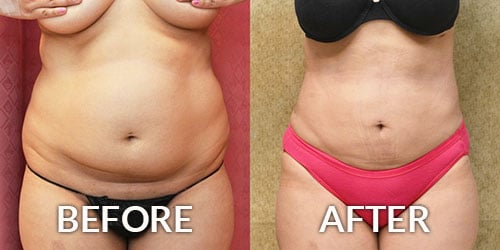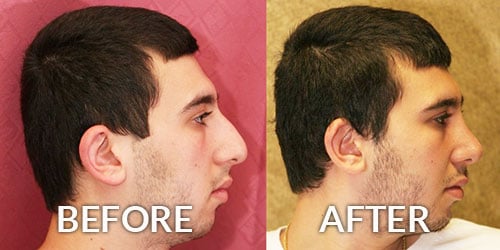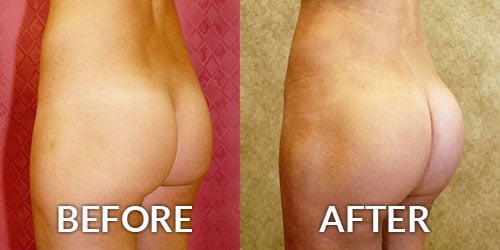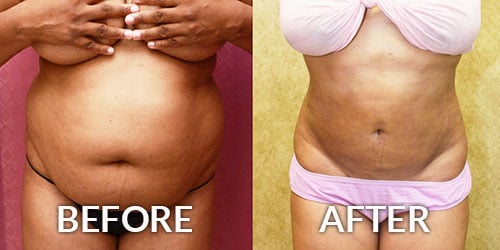Capsular Contracture
Consultations offered at our three convenient locations in Encino, Glendale and Bakersfield
Capsular contracture is the hardening of breast implants after breast augmentation. Hardening of the breasts is caused by scar tissue growth around breast implants, which tightens, resulting in breast pain and deformity. Incident of capsular contracture could be as high as 10-30% depending on breast augmentation techniques. There are no differences between saline and silicone breast implants in terms of development of hardened breast capsule. Symptoms of capsular contracture can develop gradually and start with firming of the breasts with superior movement of breast implants. Most women first notice lopsided breasts which continue to get firmer and eventually become painful.
Contents
Grades of Capsular Contracture
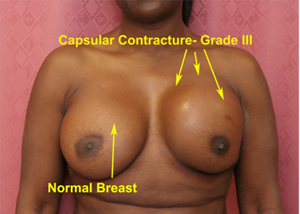
Grade I capsular contracture is a normally formed and soft breast capsule.
Grade II capsular contracture designates a breast implant which feels firm to touch without any visible deformity. Sometimes massage can help to break up the scar tissue in this case.
Grade III capsular contracture develops in breasts that are both firm to touch and show visible breast deformity. Capsulectomy is a treatment option.
Grade IV capsular contracture is the most severe form of breast capsule hardening which results in not only sever “rock-like” hardening of the breast implants, but also deformity and pain. Capsulectomy and possible replacement of breast implants with textured implants is the treatment of choice for grade IV capsular contracture.
Prevention
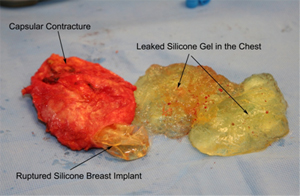
Sub-muscular placement of breast implants beneath the Pectoralis chest muscle has 10 folds less chance of formation of capsular contracture as compared to sub-glandular breast implant placement, over the muscle. Historically, it is thought that massage of breast implants after breast augmentation reduces the incidents of breast hardening. Dr. Sean Younai, who is a Board Certified Plastic Surgeon, concurs with many breast augmentation specialists that surgical technique is extremely important in prevention of capsular contracture. In fact, over the past 15 years he has experienced less than a 0.5% incidence of capsular contracture in his breast augmentation patients. He feels that meticulous, gentle, and aseptic surgical techniques of breast implant placement are of great importance.
Treatment
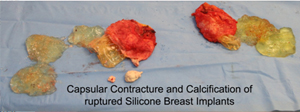
Plastic surgeons used to manually and forcefully squeeze a hardened breast capsule in order to break it and to soften the breast. This is no longer recommended because of potential for damaging breast implants. Instead, most breast augmentation experts recommend a capsulectomy or capsulotomy procedure for the treatment of capsular contracture. A Capsulectomy is a procedure when the entire or majority of hardened breast capsule is surgical removed. At that point, the implant is either replaced with a textured or smooth breast implant. Textured breast implants have a lower incidence of capsular contracture and are used in cases of severe capsular contracture. A Capsulotomy is a surgical procedure where the hard breast capsule is cut or scored but not removed.
Capsular contracture photos
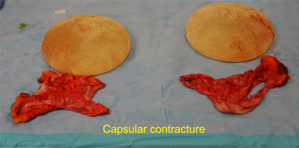
Before and after pictures of capsular contracture treatment are shown here. Dr. Younai has performed capsulectomy with exchange of breast implants for these patients. In some patients, severe capsular contracture has also caused the rupture or leakage of the silicone breast implants.
Recovery after capsulectomy
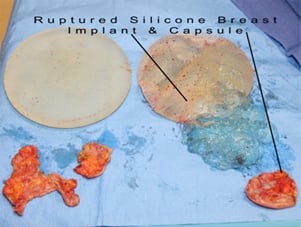
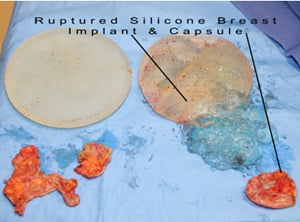
Although capsulectomy and breast implant exchange are complex procedures the recovery is not any worse than simple breast augmentation. After capsulectomy it is important to refrain from strenuous exercise in order to minimize the chance of internal bleeding and scarring.
Capsulectomy costs and fees
prices vary based on exam and type of procedures.
Capsulectomy is usually combined with breast implant exchange and other breast procedures in order to fix breast deformity.

